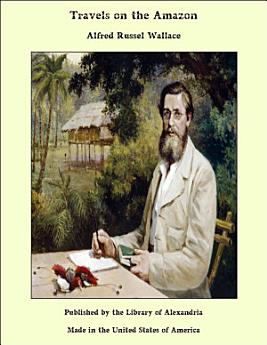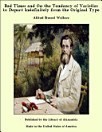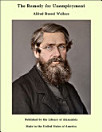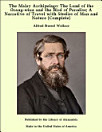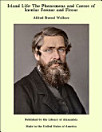Travels on the Amazon
About this ebook
Par contains about 15,000 inhabitants, and does not cover a great extent of ground; yet it is the largest city on the greatest river in the world, the Amazon, and is the capital of a province equal in extent to all Western Europe. It is the residence of a President appointed by the Emperor of Brazil, and of a Bishop whose see extends two thousand miles into the interior, over a country peopled by countless tribes of unconverted Indians. The province of Par is the most northern portion of Brazil, and though it is naturally the richest part of that vast empire, it is the least known, and at present of the least commercial importance.
The appearance of the city from the river, which is the best view that can be obtained of it, is not more foreign than that of Calais or Boulogne. The houses are generally white, and several handsome churches and public buildings raise their towers and domes above them. The vigour of vegetation is everywhere apparent. The ledges and mouldings support a growth of small plants, and from the wall-tops and window-openings of the churches often spring luxuriant weeds and sometimes small trees. Above and below and behind the city, as far as the eye can reach, extends the unbroken forest; all the small islands in the river are wooded to the water's edge, and many sandbanks flooded at high-water are covered with shrubs and small trees, whose tops only now appeared above the surface. The general aspect of the trees was not different from those of Europe, except where the "feathery palm-trees" raised their graceful forms; but our imaginations were busy picturing the wonderful scenes to be beheld in their dark recesses, and we longed for the time when we should be at liberty to explore them.
